22 Types of Tit Birds
From tiny forest foragers to flashy tropical residents, tit birds are some of the most delightful songbirds you’ll encounter. Found across the Northern Hemisphere, these birds are smart, social, and surprisingly diverse. In this guide, we’ll introduce 21 fascinating types of tit birds each with their own quirks, habitats, and habits.
1.Great Tit
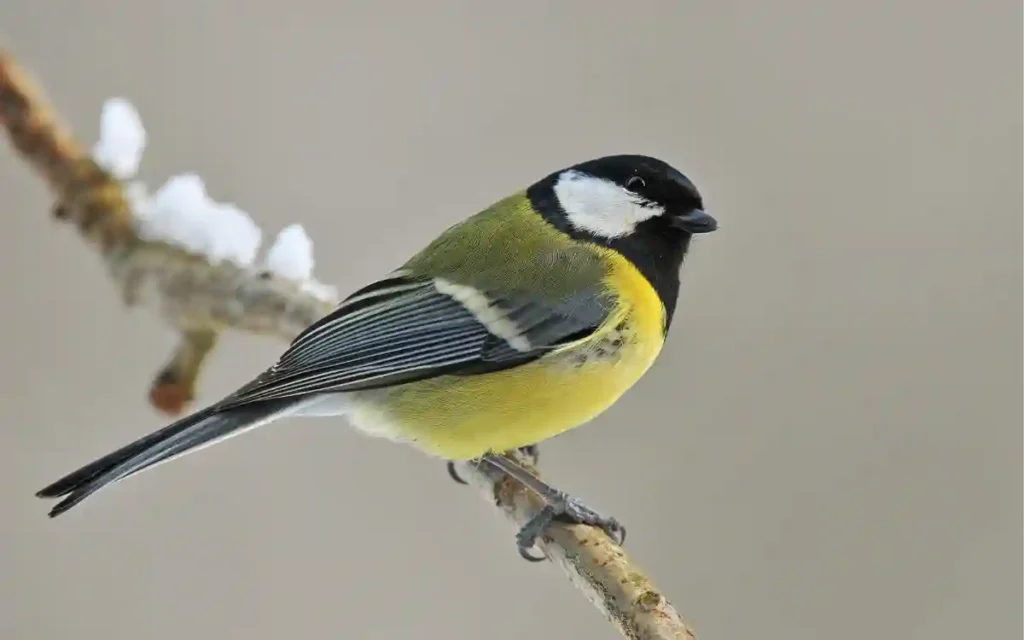
The Great Tit is one of the most recognizable and widespread tit birds across Europe and Asia. Known for its bold black head and bright yellow belly, it’s a familiar sight in gardens, parks, and woodlands. This species is incredibly adaptable and intelligent, often observed figuring out how to access food from feeders or even door handles.
- Lifespan: 3–5 years on average (can reach up to 13 years in the wild)
- Location: Europe, parts of Asia, and North Africa
- Size: 12.5–14 cm (5–5.5 inches)
- Fun Fact: Great Tits can mimic the calls of other birds and have over 40 different song types.
2. Eurasian Blue Tit

The Eurasian Blue Tit is a small, colorful bird known for its bright blue crown and yellow belly. It’s common in gardens, especially at feeders, and is famous for its playful behavior.
- Lifespan: 2–3 years (can reach 9 years)
- Location: Europe, western Asia
- Size: 11–12 cm (4.3–4.7 in)
- Fun Fact: Can hang upside down while feeding.
3. Coal Tit

Coal Tits are small and energetic birds, easily spotted in coniferous forests. Though their plumage is more subdued than other tits, they’re masters of survival. These birds gather seeds and insects and store them in bark crevices to help them through the colder months when food becomes scarce.
- Lifespan: Around 2 years
- Location: Europe, northern Africa
- Size: 10–11.5 cm (4–4.5 in)
- Fun Fact: Only tit with a white nape patch.
4. Marsh Tit
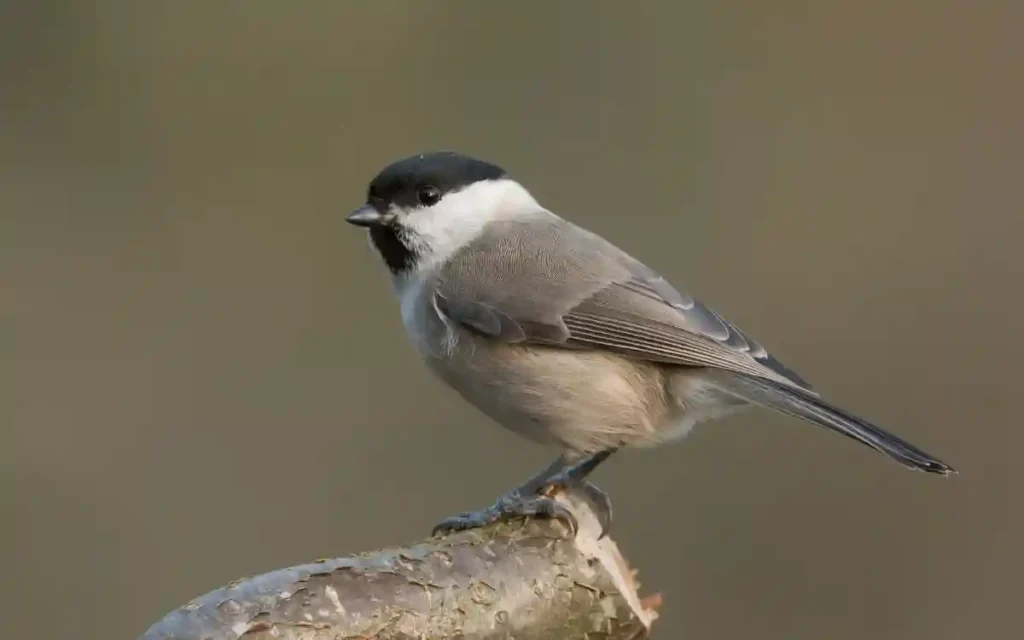
Marsh Tits are quiet, woodland-loving birds often seen flitting among dense trees. Though they resemble Willow Tits, they’re easier to identify by their glossier black caps and smaller bibs. These birds are cautious by nature and tend to stick to cover, only emerging briefly to feed before disappearing again into the shadows.
- Lifespan: 2–3 years
- Location: Europe, parts of Asia
- Size: 11–12 cm (4.3–4.7 in)
- Fun Fact: Stores food to eat later in winter.
5. Tufted Titmouse

The Tufted Titmouse is a curious and active bird often spotted in U.S. backyards. With its gray body, black forehead, and distinctive crest, it’s both bold and charming. These birds are known for their loud calls and frequent visits to feeders, especially in winter months.
- Lifespan: 2–3 years (up to 13 in captivity)
- Location: Eastern USA
- Size: 14–16 cm (5.5–6.3 in)
- Fun Fact: Known for grabbing one sunflower seed at a time and flying off to eat it.
6. Crested Tit

The Crested Tit is a lively and striking bird, best known for its bold spiky crest and contrasting black-and-white facial markings. It favors pine forests where it flits through branches in search of insects and seeds. This bird is most active in cooler regions and often joins mixed-species flocks in winter.
- Lifespan: 2–4 years
- Location: Northern and central Europe
- Size: 11–12 cm (4.3–4.7 in)
- Fun Fact: Builds nests from moss and animal hair.
7. Titmice

Titmice include species like the Oak and Juniper Titmouse, found mainly in the western U.S. They have soft gray or brown feathers and lack the flashy colors of other tit species. Despite their plain look, they’re intelligent, curious, and often vocal, making them a favorite among backyard bird watchers and forest hikers alike.
- Lifespan: 2–5 years
- Location: North America
- Size: 12–16 cm (4.7–6.3 in)
- Fun Fact: Often use old woodpecker holes for nesting.
8. Willow Tit
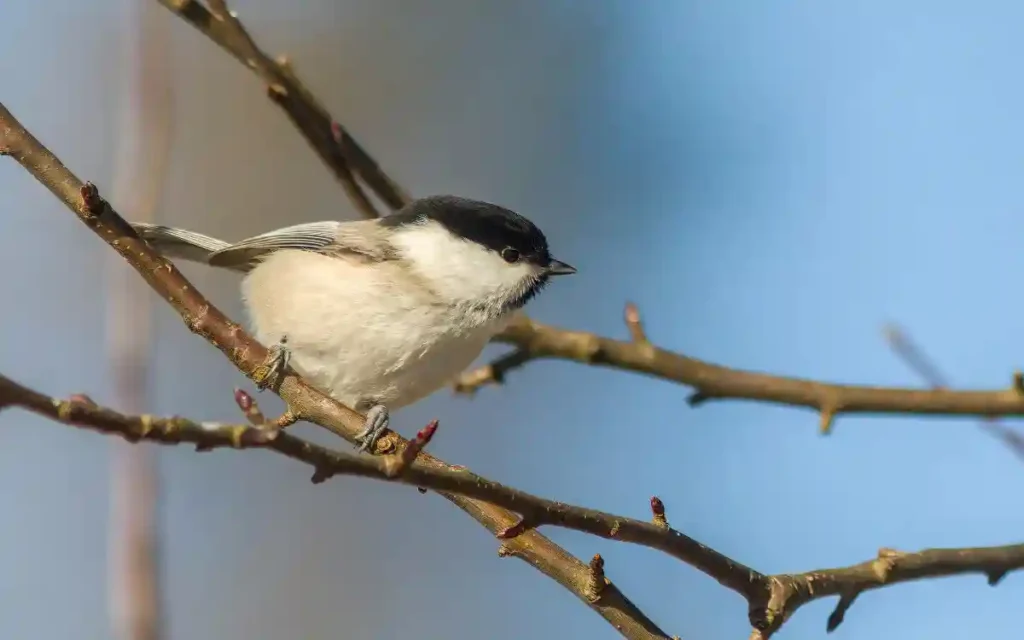
The Willow Tit is a shy and stocky woodland bird with a distinctive black cap and small bib. It thrives in damp forests and is often confused with the Marsh Tit. This species is declining in some areas due to habitat loss and changes in woodland management.
- Lifespan: 2–3 years
- Location: Europe and parts of Asia
- Size: 11–12 cm (4.3–4.7 in)
- Fun Fact: Known for excavating its own nesting hole in rotten wood.
9. Black-capped Chickadee
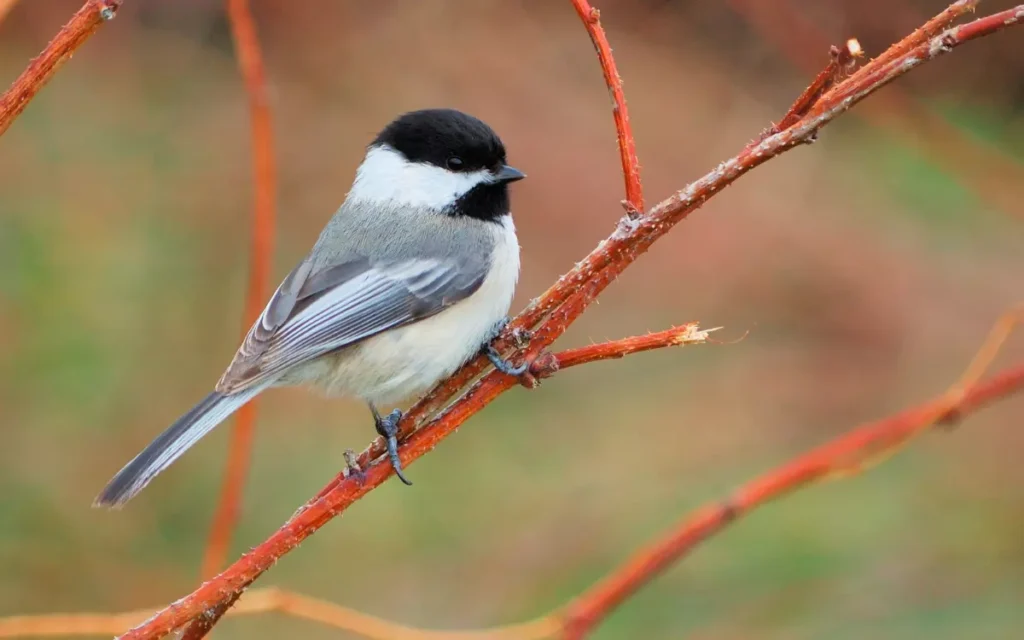
The Black-capped Chickadee is a bold and sociable bird with a distinctive black cap and white cheeks. It’s well-loved in North America for its curiosity and signature “chick-a-dee-dee” call. These birds are frequent visitors to backyard feeders and have excellent memory skills.
- Lifespan: 2–3 years (up to 12 in the wild)
- Location: Northern United States and Canada
- Size: 12–15 cm (4.7–5.9 in)
- Fun Fact: Can remember hundreds of food hiding spots.
10. Parus

Parus is a genus that includes many familiar tits, such as the Great Tit and related Eurasian species. These birds are known for their adaptability, intelligence, and strong vocal skills. They thrive in various habitats from forests to city parks.
- Lifespan: Varies (typically 2–5 years)
- Location: Europe, Asia
- Size: 11–14 cm (4.3–5.5 in)
- Fun Fact: Some Parus species can learn to open milk bottle tops to access cream.
Read also: 21 Types of Wren Birds
11. Azure Tit
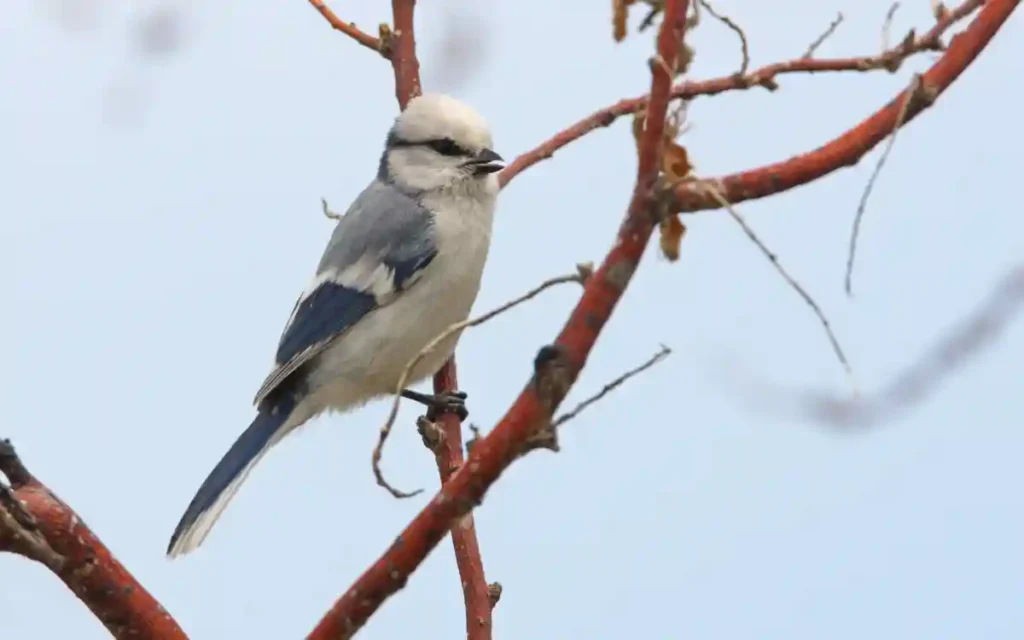
The Azure Tit is a stunning bird with icy blue and white plumage, giving it a unique appearance among tits. It lives in woodlands and river valleys and is known for its quiet and gentle behavior. It closely resembles the Blue Tit but with paler coloring.
- Lifespan: Around 2–3 years
- Location: Eastern Europe and Central Asia
- Size: 12–13 cm (4.7–5.1 in)
- Fun Fact: Azure Tits are often seen nesting in tree holes or birdhouses.
12. Black-crested Titmouse

This bold bird has a striking black crest and soft gray plumage. It’s known for its loud, whistled calls and inquisitive nature. Found mostly in southern Texas and northeastern Mexico, the Black-crested Titmouse prefers oak woodlands and brushy areas.
- Lifespan: 2–5 years
- Location: Texas and northeastern Mexico
- Size: 14–15 cm (5.5–6 in)
- Fun Fact: Often mates for life and shares food with partners.
13. Oak Titmouse

The Oak Titmouse is a plain, gray bird found in dry oak woodlands of the western U.S. It lacks the crest of some other titmice but is just as vocal and active. It forages in pairs or small groups and uses tree cavities for nesting.
- Lifespan: Up to 5 years
- Location: California, Oregon, Baja California
- Size: 13–15 cm (5.1–5.9 in)
- Fun Fact: Frequently sings in duets with its mate.
14. Periparus

Periparus is a genus that includes the Coal Tit and related species. These birds are small and agile, often found in forests with a preference for conifers. Periparus members have subtle plumage but are excellent at storing food.
- Lifespan: 2–4 years
- Location: Europe, parts of Asia and North Africa
- Size: 10–12 cm (4–4.7 in)
- Fun Fact: They can remember stored food locations for weeks.
15. Chickadees (Group)

Chickadees are a group of small, friendly North American birds in the tit family. Known for their cheerful “chick-a-dee” calls, they include several species like the Black-capped, Carolina, and Mountain Chickadees.
- Lifespan: 2–3 years (some up to 10)
- Location: North America
- Size: 12–15 cm (4.7–5.9 in)
- Fun Fact: Chickadees grow new brain neurons seasonally to manage food caches.
Read also: 30 Types of Warbler Birds: ID Guide
16. Carolina Chickadee

The Carolina Chickadee is a compact bird with black, white, and gray feathers, very similar to the Black-capped Chickadee. It is found in the southeastern U.S. and has a faster, more musical call than its cousin.
- Lifespan: 2–4 years
- Location: Southeastern USA
- Size: 12–13 cm (4.7–5.1 in)
- Fun Fact: Known to hybridize with Black-capped Chickadees in overlapping ranges.
17. Ground Tit

The Ground Tit is unique among tit species for its terrestrial habits. Native to the Tibetan Plateau, this pale brown bird has adapted to life on open ground rather than in trees. It nests in burrows and forages on the ground for insects.
- Lifespan: Unknown (wild estimates ~3–4 years)
- Location: Tibetan Plateau
- Size: 16–18 cm (6.3–7.1 in)
- Fun Fact: The only tit species that lives primarily on the ground.
18. Sultan Tit
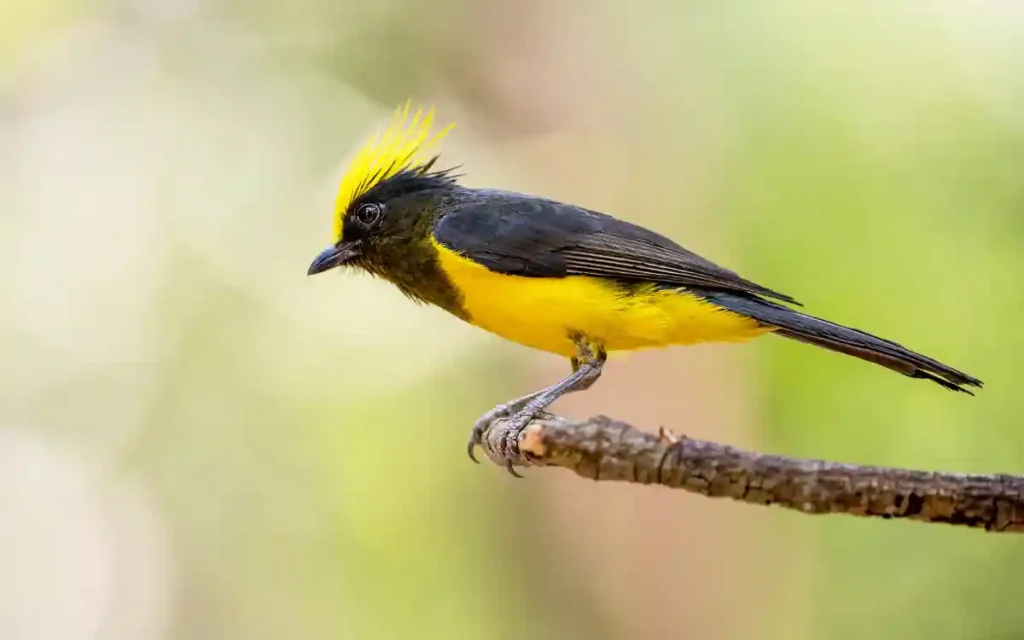
The Sultan Tit is a showy, tropical bird with vivid yellow and black plumage and a long, fluffy crest. Found in South and Southeast Asia, it prefers forested habitats. Its loud call and striking looks make it a favorite among birdwatchers.
- Lifespan: Estimated 5–8 years
- Location: India, Southeast Asia
- Size: 20–22 cm (7.9–8.7 in)
- Fun Fact: One of the largest and most colorful of all tit species.
19. Juniper Titmouse
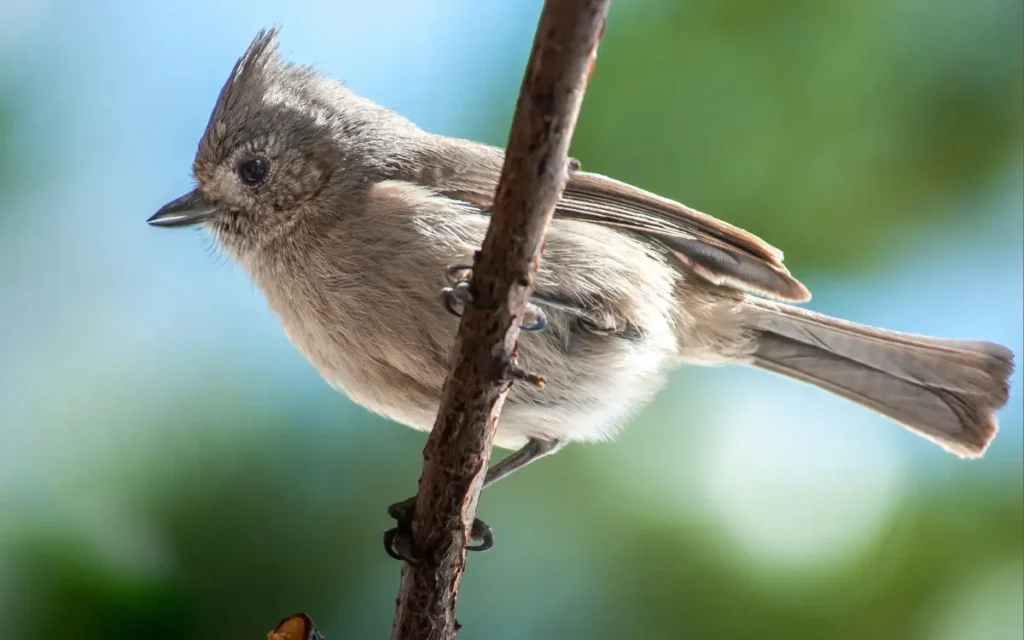
The Juniper Titmouse is a plain gray bird that thrives in dry juniper and pinyon woodlands of the southwestern U.S. It’s a quiet, steady species known for its fast, chattering calls and love of seed feeders.
- Lifespan: 2–5 years
- Location: Southwest USA
- Size: 13–14 cm (5.1–5.5 in)
- Fun Fact: Once considered the same species as the Oak Titmouse.
20. Cyanistes (Genus)

Cyanistes includes some of the most vibrant tit species like the Eurasian Blue Tit and Azure Tit. Members of this genus are colorful, social, and often highly vocal, with a preference for wooded and urban areas.
- Lifespan: Varies by species, average 2–4 years
- Location: Europe and western Asia
- Size: 11–13 cm (4.3–5.1 in)
- Fun Fact: Cyanistes species often nest in man-made bird boxes.
21. Yellow-browed Tit

This small, attractive bird features a pale yellow eyebrow stripe and olive-gray plumage. Found in China and the eastern Himalayas, the Yellow-browed Tit prefers mountain forests and is rarely seen outside its native range.
- Lifespan: Unknown (likely 2–4 years)
- Location: China, eastern Himalayas
- Size: 12–13 cm (4.7–5.1 in)
- Fun Fact: Often travels in mixed flocks with other high-altitude birds.
22. Lophophanes

Lophophanes includes the Crested Tit and related species with spiky head crests. These birds inhabit coniferous forests and are often active even in snowy winters. They’re agile climbers and frequently join mixed winter flocks.
- Lifespan: Typically 2–4 years
- Location: Europe and parts of Asia
- Size: 11–12.5 cm (4.3–4.9 in)
- Fun Fact: Lophophanes species use spider webs and moss to line their nests.






